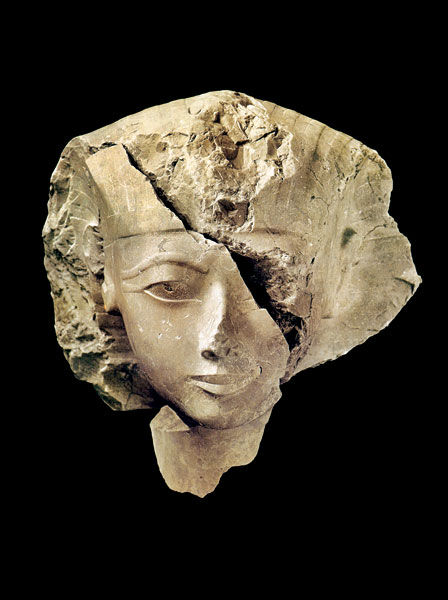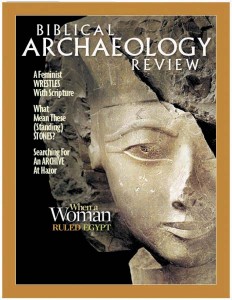
Two centuries before the traditional date of the Exodus, a female pharaoh ruled Egypt. Very few women in the ancient world wielded any real political power. The greatest of these in ancient Egypt was Hatshepsut, who ruled for more than two decades (c. 1479–1458 B.C.) during the early part of the New Kingdom (c. 1539–1075 B.C.), when Egypt was the most powerful land in the eastern Mediterranean.
Hatshepsut was the daughter of Thutmose I, the third pharaoh of the 18th Dynasty (c. 1550–1295 B.C.), and she married her half-brother, Thutmose II. After her husband’s early death, she became regent to Thutmose III (c. 1479–1425 B.C.), the son of Thutmose II by another wife. Probably by Thutmose III’s seventh regnal year (c. 1473 B.C.), Hatshepsut had taken the extraordinary step of proclaiming herself king; now she was not just protecting the kingship until her nephew-stepson came of age, she was acting as the senior and far more powerful partner of a co-regency.
In her inscriptions, Hatshepsut claims that her father had appointed her heir to the throne. This is highly unlikely, however. Scholars agree that the claim was merely the product of Hatshepsut’s propaganda machine. Indeed, no inscription left by Thutmose I even mentions his daughter, and Hatshepsut’s brother-husband, Thutmose II, apparently succeeded their father without incident. Until Thutmose II’s death around 1479 B.C., Hatshepsut was known as the “king’s daughter,” the “king’s sister” and the “king’s principal wife.” She was always depicted with the trappings of the king’s principal wife, not with the insignia of a king.
Already a library member? Log in here.
Institution user? Log in with your IP address.

